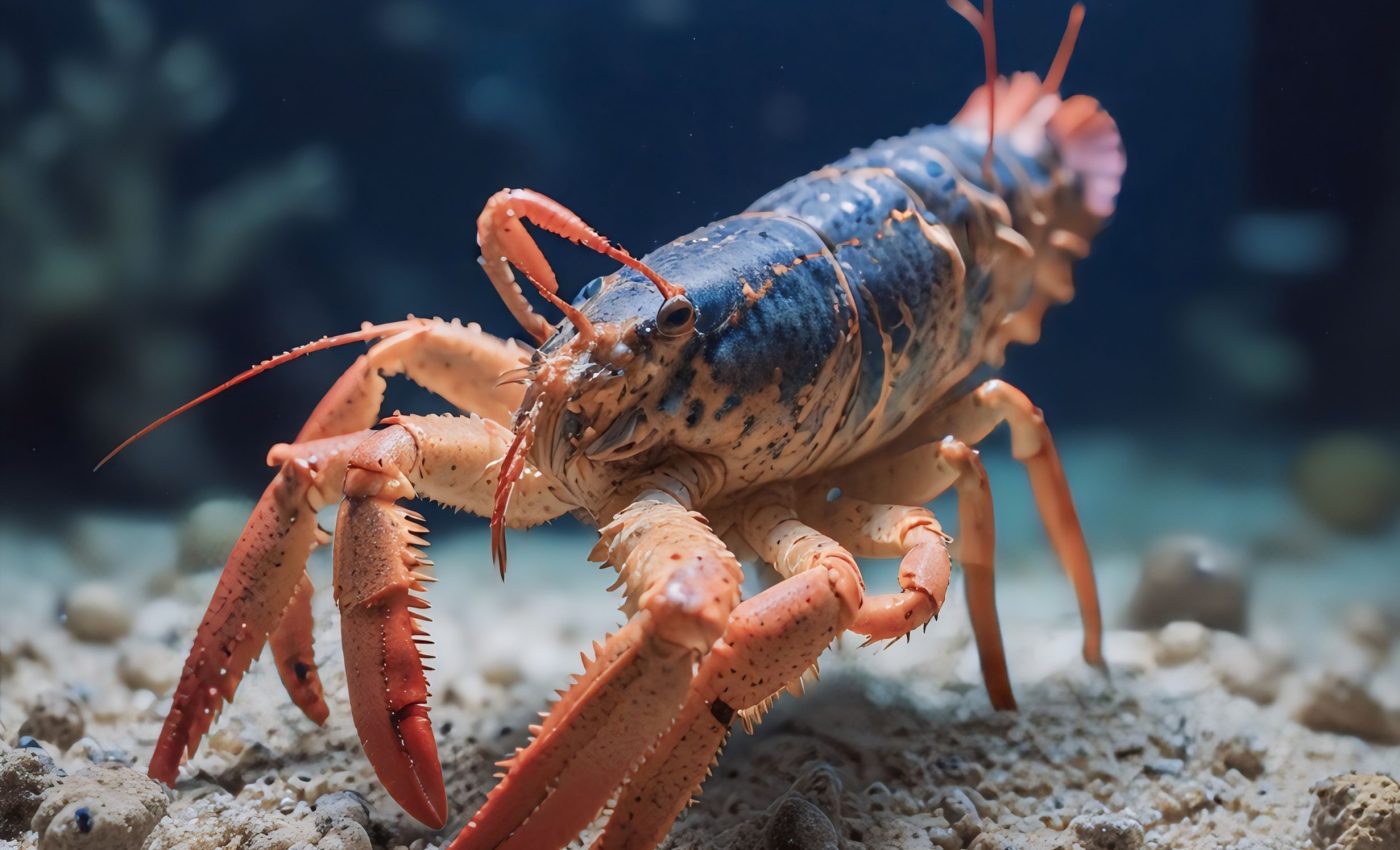
Lobsters are ditching their old habitats for open water
For years, the coastline of Maine has been home to an abundance of American lobsters, providing a powerhouse of economic activity through the fishing industry.
Our understanding of these crustaceans’ preferred habitats, namely the boulder shelter regions, has shaped conservation measures for this $740 million industry. However, climate change is now influencing these habitats and lobster behavior.
Lobster habitat and climate change
Researchers at the University of Maine (UMaine) have discovered some intriguing changes. Between 1995 and 2021, the scientists observed a 60% decline in the lobster population in boulder habitats.
But, where did they go? Well, those naturally shy lobsters have made a surprising shift to sediment or featureless ledge habitats, which have increased in lobster occupancy by a whopping 633% and 280% respectively.
These areas have minimal geological features to use as shelters, yet more lobsters are calling them home.
Habitat choices of lobsters
Overall, the lobster population density across all habitats took a nosedive as it became more spread out. It’s like they’ve taken social distancing to heart.
At the same time, the age group seems to have shifted as well, with more senior lobsters in the mix. Let’s not forget our main culprit here – increasing water temperatures.
From 1995-2021, these habitats saw a nearly 3-degree Celsius (5.4-degree Fahrenheit) rise. The lobsters are no fans of the heat and it looks like this climate change is playing a part in their habitat choices.
Lobsters hosting changes
The changing environment has also seen kelp playgrounds diminish while algal turfs, those small green mats containing various algae species, have multiplied.
This greener landscape may be influenced by the rising temperatures, but the impact this has on our lobsters remains a fascinating enigma.
“These differences in the way lobsters use their habitats provide context for the lobster stock assessment that helps to determine the health of the entire lobster population,” said study lead author Robert Jarrett, a PhD student in marine biology.
“Some of the annual lobster surveys used in the assessment, like those from the Maine Department of Marine Resources, are restricted in the types of habitats that they can sample, so these findings about habitat help fill in some information gaps and show that over time the lobsters may be shifting between which surveys catch them better.”
Focus of the research
The team’s investigation involved counting and measuring lobsters and reviewing historical data dating back to the 90s.
While lobster population density has waned, adult lobsters have seemingly hit the gym, with greater mean sizes observed in 2021 compared to 1996. These larger lobsters could be due to a decrease in their juvenile kin residing in these habitats.
Despite this change in size, the lobsters are still on the smaller side, with 93% of them being under 83 millimeters – the legal minimum to be caught and sold.
Venturing into more open habitats
In a shocking fashion switch, lobsters are ditching their usual rocky shelters for more open areas within their habitats, and even beds of algae.
In fact, the number of lobsters found under rocky shelters plummeted by 34% from 2000-2019, while those preferring the open space lifestyle rose by 168%. The lobsters hiding under algae blankets have also increased by 160%.
These changes could very well be due to fewer baby lobsters making it to the seafloor or less competition between individual lobsters.
The absence of predators might also have encouraged our lobsters to say goodbye to their comfortable boulder homes and venture into more open habitats, choosing algae as their new hideouts.
Changing habitats of lobsters
This fascinating shift under the sea is just another reminder of the impacts of environmental changes on the marine ecosystem.
Steneck expressed his awe at the continuous surprises from the world of lobsters, despite them being one of the best-studied commercially important marine species.
At UMaine, students and faculty are dedicated to preserving and propelling the state’s blue economy. The findings, like this study on lobsters, provide invaluable insights into the ecological and sociological alterations affecting coastal communities and businesses.
Armed with this knowledge, the researchers are exploring opportunities for new sectors, markets, and resources to mitigate the impacts of climate change.
Saving lobsters from climate change
UMaine’s Marine Aligned Research, Innovation, and nationally-recognized Education (MARINE) Initiative is at the forefront of this effort, fostering collaboration among researchers, industry, government, and communities.
The combined effort is working to enhance the socioeconomic well-being of people in Maine and beyond.
This study highlights how UMaine is bolstering Maine’s blue economy. As the Gulf of Maine changes, the sustainable management of North America’s largest fishery requires us to understand how lobsters are adapting to their habitats.
The study is published in the journal Marine Ecology Progress Series.
—–
Like what you read? Subscribe to our newsletter for engaging articles, exclusive content, and the latest updates.
Check us out on EarthSnap, a free app brought to you by Eric Ralls and Earth.com.
—–













